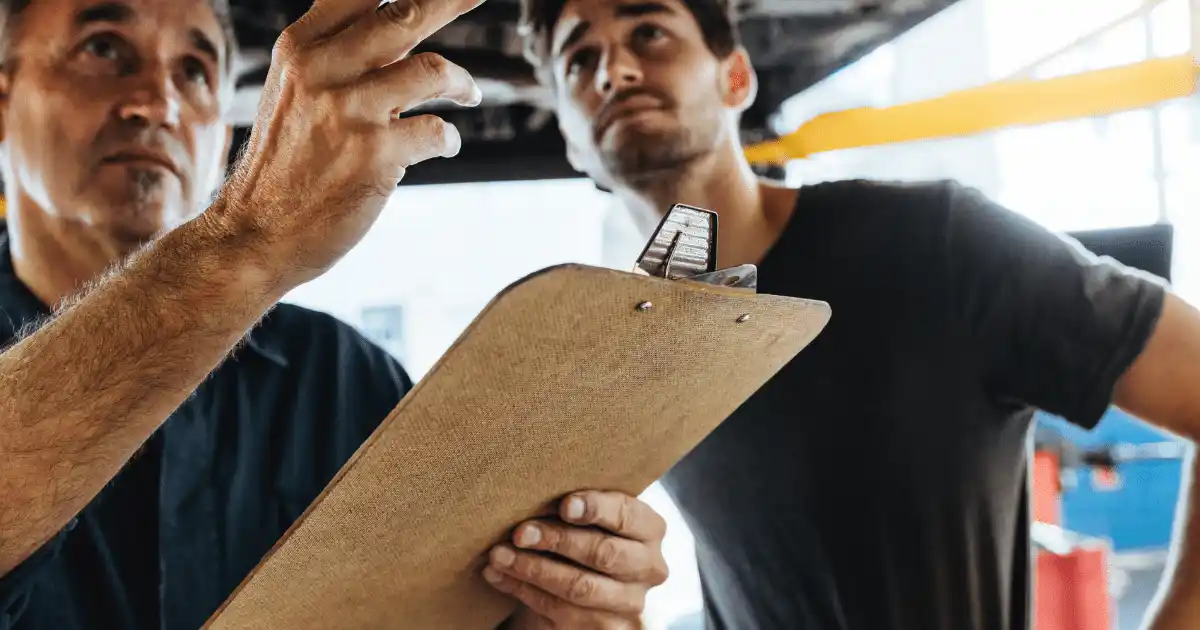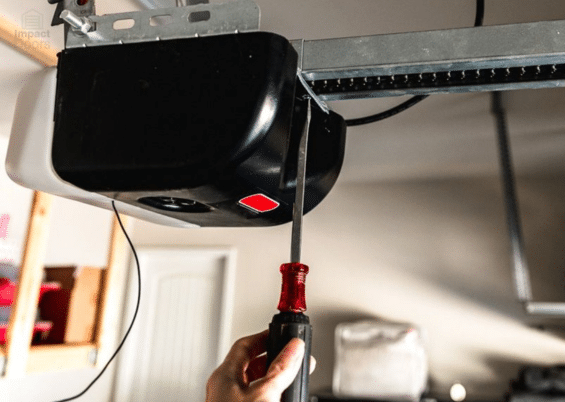Explore the complete anatomy of garage door systems, parts, functions, and what every homeowner should understand.
When most people picture a garage door, they think of the open and closed panel, but that’s only the beginning. The anatomy of garage door systems is far more intricate, involving components such as torsion springs, cables, rollers, and tracks that all work together to ensure seamless operation. These elements must be properly aligned and maintained to guarantee safety and efficiency in daily use.
Understanding these parts helps troubleshoot problems and empowers homeowners to make informed decisions about maintenance and repairs. That’s where Priority Doors and Gates come in. As trusted experts in the field, they specialize in diagnosing and resolving garage door issues precisely. Whether you’re dealing with worn springs, misaligned tracks, or planning a new installation, their team is equipped to handle every layer of your garage door system with professionalism and care.
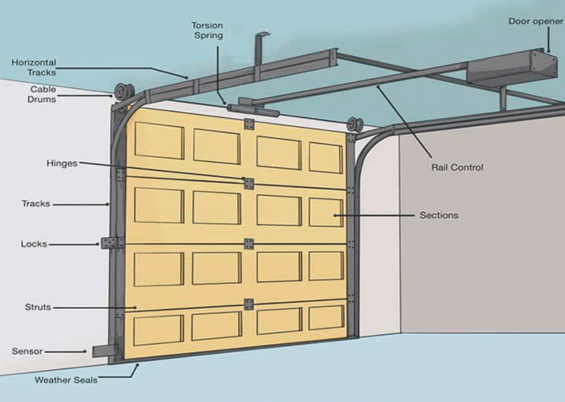
Garage Door Panels: The First Layer of Protection
Garage door panels form the exterior face of your system. They’re what you see from the street and what most people associate with a garage door. These panels are made from steel, wood, or aluminum and are often insulated to improve energy efficiency.
Sectional vs Single Panel Designs
Garage doors typically come in two main types: sectional and single-panel. Sectional designs consist of multiple connected panels that move along a track and bend at the seams as the door opens. Single-panel doors are one large slab that tilts up in one motion. The anatomy of garage door panels impacts how they move, how much space they require, and how easy they are to maintain.
Tracks and Rollers: Guiding the Door’s Movement
Tracks and rollers are the unsung heroes of the garage door system. Vertical tracks guide the door up and down, while horizontal tracks allow it to rest overhead. Rollers fit inside these tracks and keep the door stable as it moves.
Signs Your Tracks or Rollers May Be Damaged
- Loud grinding noises when opening or closing
- The door moves unevenly or jerks
- The door falls off the track
Call Priority Doors and Gates for an expert evaluation when these symptoms occur.
Springs: The Muscle Behind the Motion
Garage door springs are what make lifting that heavy door possible. There are two main types:
- Torsion springs, mounted above the door
- Extension springs, located on the sides
These springs counterbalance the door’s weight, making it easy to lift manually or by motor.
The Risks of Faulty Springs
Springs under high tension can snap and cause serious injuries or property damage. If you suspect a broken spring, don’t attempt a DIY fix. Instead, contact professionals trained in safe repair procedures, like Priority Doors and Gates.
Cables and Drums: The Pulley System in Action
Cables and drums work alongside the springs to create a balanced and controlled lifting mechanism. As the door moves, cables wind around the drums, controlling the tension and pace. When the anatomy of garage door systems is compromised in this area, it can cause sudden drops or jerky movements.
Garage Door Opener System: The Brain of the Operation
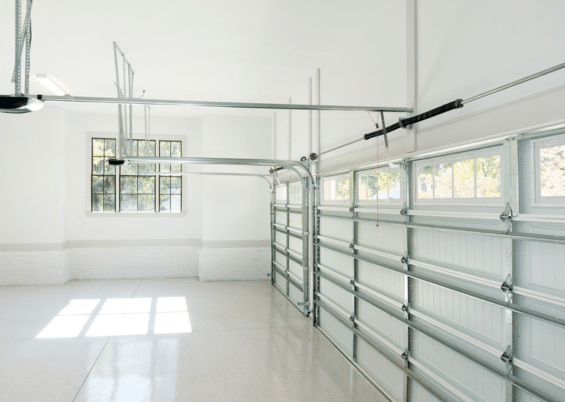
Your garage door opener is a motorized system that automates opening and closing. Depending on your setup, it may operate via chain, belt, or screw drive. Openers also include safety features such as auto-reverse sensors and manual release cords.
Smart Technology in Garage Door Openers
Modern openers now integrate with:
- Smartphone apps
- Wi-Fi and Bluetooth controls
- Motion detectors and cameras
These innovations improve security and convenience. Priority Doors and Gates can recommend and install advanced solutions if your opener lacks these features.
Limit Switches and Sensors: Controlling Function and Safety
Limit switches determine how far the garage door travels in each direction, preventing it from slamming or straining the opener. Safety sensors, or photo-eyes, sit near the base of the door to detect obstructions. The door reverses if something breaks the beam to avoid injury or damage.
Weather Seals: Guarding Against the Elements
Weather seals run along the bottom, top, and sides of the garage door. They help:
Prevent Water Intrusion
A quality garage door seal helps prevent rainwater from seeping into your garage, protecting your floors, stored belongings, and foundation from costly water damage, mold growth, and structural wear.
Block Dirt and Debris
Garage door seals act as a barrier against dust, leaves, and outdoor debris. This keeps your garage cleaner and reduces the need for frequent sweeping or vacuuming, especially during windy seasons.
Improve Insulation
Sealing gaps around your garage door improves temperature control by reducing drafts. This helps maintain consistent indoor conditions, supports energy efficiency, and can even lower your heating or cooling costs year-round.
Keep Pests Out
Rodents, insects, and other pests can easily squeeze through unsealed gaps. A tight garage door seal is a strong deterrent, helping to keep unwanted critters out of your home or workspace.
Seals can wear out over time and should be replaced. A good seal is critical to the full anatomy of garage door systems working efficiently.
Why Understanding the Anatomy of Garage Door Matters
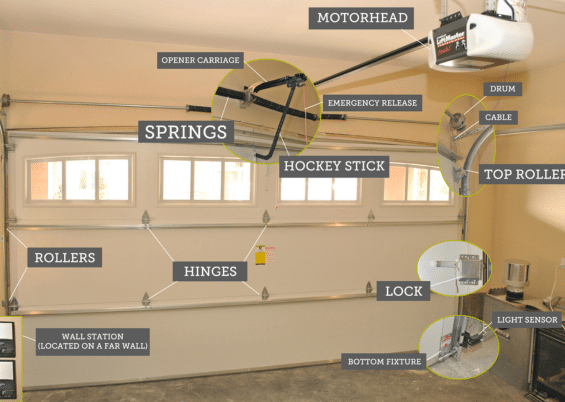
Knowing how your garage door works gives you an edge as a homeowner. It can help you:
- Spot early signs of wear or malfunction
- Avoid sudden breakdowns
- Perform basic upkeep
It also helps you communicate clearly with technicians and make informed decisions.
How Priority Doors and Gates Can Help
Priority Doors and Gates brings years of hands-on experience to every job. Our team understands the anatomy of garage door systems down to the last bolt. We offer:
- Thorough diagnostic inspections
- Repairs and part replacements
- Custom solutions for your home and lifestyle
With our expertise, no detail is overlooked, and every part functions as it should.
FAQ: 5 Questions About Garage Door Anatomy
What Are the Garage Door Parts?
Garage door systems consist of several key components: panels, tracks, rollers, hinges, torsion or extension springs, cables, drums, brackets, and an opener mechanism. Each part works together to ensure smooth operation, balance, and security. Proper maintenance of all garage door parts is essential for long-term performance and safety.
What Are Garage Door Sections?
Garage door sections refer to the horizontal panels that make up the whole face of the door. Most modern garage doors have three to five sections connected by hinges, allowing them to bend as they open and close along the tracks. These sections can be insulated, decorative, or plain.
What Is the Part Called That Opens the Garage Door?
The garage door opener is the part responsible for opening a garage door. This motorized device typically mounts to the ceiling and connects to the door via a trolley and rail system. It lifts and lowers the door using a remote, keypad, or wall switch for convenience and security.
What Is the Bottom Part of a Garage Door Called?
The bottom part of a garage door is commonly known as the bottom panel or bottom section. This panel is essential for structural integrity and typically houses the bottom seal, which helps prevent debris, pests, and weather from entering the garage. It’s also the first part of making contact with the floor.
What Is the Strip at the Bottom of the Garage Door Called?
The strip at the bottom of a garage door is called the garage door bottom seal or weatherstripping. Made from rubber or vinyl, this flexible strip compresses against the floor to block out drafts, water, and pests. Replacing a worn seal helps maintain insulation and protect stored belongings.
Conclusion
Understanding the anatomy of garage door systems empowers homeowners to make informed decisions about maintenance, upgrades, and repairs. Each component, rollers, tracks, cables, springs, and sensors, plays a vital role in safety and day-to-day performance. Knowing how these parts work together allows you to spot early warning signs and avoid costly problems. A well-maintained garage door begins with understanding its structure from top to bottom.
For expert help with every part of your garage door’s anatomy, turn to Priority Doors and Gates. Our team combines years of hands-on experience with a commitment to safety, precision, and lasting results. Whether you’re dealing with a noisy track or a worn-out spring, we know what to look for and how to fix it right. Trust Priority Doors and Gates to keep your entire system running smoothly.
End Note
Priority Doors and Gates is your trusted partner in understanding the complete anatomy of your garage door. We’re equipped to handle everything from spring and cable issues to opener malfunctions and panel damage professionally and precisely. Learn more about our story and values at About Us, or explore our tailored Residential Services in Hesperia for solutions that fit your home and budget. For businesses, our Commercial Door Services are designed to ensure smooth operations and security. We also specialize in gate repairs and installations, offering a full suite of services that go beyond garage doors. Ready to schedule a service or request a quote? Visit our Contact Page or connect with us directly on Facebook to stay updated and engaged with our expert team.
Priority Doors and Gates
San Bernardino County, CA
+17609876147



